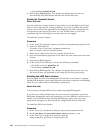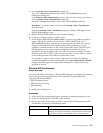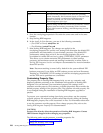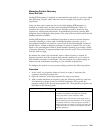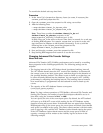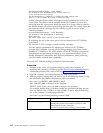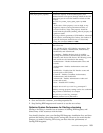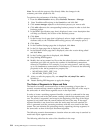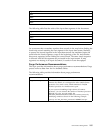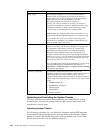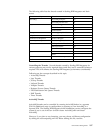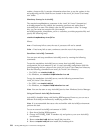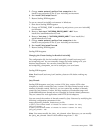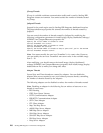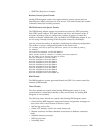Note: Do not edit the property files directly. Make the changes in the
customer_overrides.properties file.
To optimize the performance of Sterling e-Invoicing:
1. From the Administration menu, select Business Processes > Manager.
2. Enter TrustWeaverEInvoicing in the Search box and click Go!
3. Click source manager adjacent to the business process you want to edit.
4. Click edit adjacent to the corresponding business process in order to lock that
business process.
5. In the BPML Specification page that is displayed, enter a new description that
will help you identify this version of the business process.
6. Click Next.
7. In the Process Levels page that is displayed, select a single workflow queue to
dedicate solely to the TrustWeaverEInvoicing process, for example, queue 5.
8. Click Next.
9. In the Deadline Settings page that is displayed, click Next.
10. In the Life Span page that is displayed, click Next.
11. In the Default Version page that is displayed, select the version being edited
and click Next.
12. In the Confirm page that is displayed, click Finish.
13. Stop Sterling B2B Integrator.
14. Modify the tuning.properties file so that the selected queue's minimum and
maximum pool sizes are equal to the number of simultaneous connections
allowed to TrustWeaver. For example, if you are using queue 5, and are using
up to 10 simultaneous connections to TrustWeaver, you must set the following
properties in the tuning.properties property file:
v NOAPP.MAX_POOL_SIZE_5=10
v NOAPP.MIN_POOL_SIZE_5=10
15. After you edit the property file, run setupfiles.sh (setupfiles.cmd for
Windows).
16. Restart Sterling B2B Integrator to apply the change.
The Order of Segments in Maps and Data
The benefit of correctly constructed maps is faster processing of input data. A
correctly constructed map contains segments on the input (left) side of the map in
the same order in which those segments occur in the input data.
In order to locate a matching segment identifier, a search is conducted in the map
for each input record in the data stream, starting with the last segment entry plus
one. The search is sequential, and wraps to the beginning of the map if the target
segment is not found when the search reaches the end of the map. If the target
segment identifier is not found even after the entire map has been searched, an
error is generated, and the processing continues with the next record in the data
stream. You can minimize the processing time by organizing the map segments in
the same order as that of the input document segments.
The following scenario demonstrates a situation where an entire map is searched to
match each input segment stream.
The following table lists the order of the identifiers in the map:
194 Sterling B2B Integrator: Performance Management



